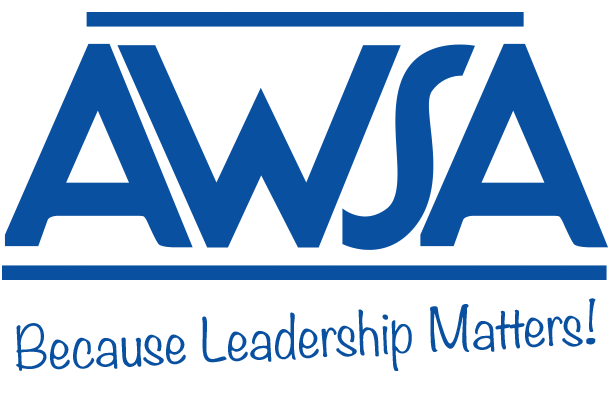Social Emotional Learning and Safety Initiativesby Caleb Hundt, Assistant Principal, Menomonie High School Student Safety and the Mental Health Crisis are at the forefront of education. Today’s school leaders, teachers, and counselors are tasked to provide more social and emotional balance than ever before. This challenge isn’t going away, and likely, it will remain towards the front of district focal points for the next several years. The Menomonie School District has piloted and created many concepts to combat this crisis. Specifically, the Menomonie High School has implemented large-scale efforts to make students feel welcomed and safe, and has provided students with the ability to grow in healthy ways, despite outside influences, factors, and environments. We continually attempt to amplify and extend the opportunities for all of our students. As a result, our administration, school psychologist, teachers, and counseling team have been able to put several initiatives in place to ensure that our highest need students have a collaborative team, are able to talk often, can tell their story, feel safe, and are supported in times of crisis. Our Social Emotional Learning and Safety initiatives are outlined below. Availability and Visibility Of all the initiatives in place, the availability and visibility of our staff is perhaps the most important. Our administration and teaching staff are very cognizant of all of our initiatives, and as a result, can often be found walking the hallways on their breaks, monitoring student attendance, and observing triggering behaviors. Teaching staff find value in helping whenever possible, and if needed, our teachers make themselves readily available to offer suggestions during student meetings. Additionally, our school psychologist and counselors are actively involved throughout the school day and are highly visible professionals. It is a regular occurence to see our counseling staff supervising students in the commons, creatively grouping students during extended learning time, and assisting them over the lunches. Our students know our counseling team, and are comfortable interacting with them, as they make a concerted effort to be available. Their collaborative approach in allowing all students the satisfaction and relief to have someone to talk to, allows for a unified front for serving and supporting our students at any time of the day.
“SEL” Groups
Another key initiative in place is our social-emotional learning (SEL) groups. The school counselors and school psychologist are implementing multiple SEL groups throughout the school week (ELT). The overall goal of an SEL group is to increase student connectedness to their school. This is accomplished by targeting the following SEL skills: decision making, social awareness, relationship skills, and self-management. Collectively, the students are able to speak freely and learn from one another, as well as draw from the counselors and experts involved in the discussion.
Gender ID Lessons
Annually, our Freshman Health classes are provided curriculum and lessons focused on Gender Identification. These lessons promote diversity and assist students in understanding the challenges of students who are transitioning within our high school. They are able to to learn, ask questions, understand differences, and support our students who are transitioning.
Transgender Administrative Guidelines and Gender Support Plans
During the 17-18 school year, the School District of the Menomonie Area and the Menomonie High School collaboratively focused on the transitioning student and set administrative guidelines for these students and their families. Supporting these students became a focal point for our entire district and collectively we were able strategically create a structure for their success and safety while attending our school. Along with these guidelines, the Menomonie High School created an online student led “Gender Support Plan” document and an online staff friendly “GSP At a Glance” document. Student Gender Support Plans are very detailed in length and allow students the opportunity to create a plan for their transition. The GSP At a Glance document is a shortened version that is used to notify staff of the changes taking place.
QPR Trainings
Sadly, thousands of students across the nation lose their life to suicide every year. At Menomonie High School, our school counselors and the school psychologist provide in-depth training to all staff and students in the form of QPR. Similar to CPR, Question, Persuade, Refer (QPR) is a set of skills that can assist anyone in a state of crisis. Of all freshman surveyed after their two-day QPR training, 98% of students felt “somewhat prepared” or“very prepared” to assist someone who may be experiencing suicidal ideation.
Interagency Youth Coalition
The Menomonie High School, the Menomonie Police Department, Dunn County Human Services, and the Dunn County Sheriff's Department have teamed up to start the Menomonie Interagency Youth Coalition. This new initiative has been established to proactively assist each other within the multiple agencies working with our communities most at risk students. Monthly meetings are set with focused agendas geared towards assisting our shared adolescent population in order to make sure that we are working as a unified team to positively influence and strategically consequence our youth.
Safety Plans
Crisis Plan
Another large scale initiative during the 17-18 school year was an inserted supplement to our District Crisis Plan. This supplement utilized the PREPARE training and was adopted with the permission from the Somerset School District. The supplement was a Student Crisis Plan and was modified to meet the needs specifically to Menomonie High School in regards to a student death incident. Additionally, it was altered to be an online platform that included a step by step plan on how to deal with the crisis. The plan allows for any school administrator to adopt the procedures and easily follow the step by step document to accurately address all of the time and community sensitive points of emphasis. It also provides talking points, handouts, and communication methods to use with the family, the community, the staff, and the student body.
Read more at:
Elementary Edition - Secondary Edition - District Level Edition
|
